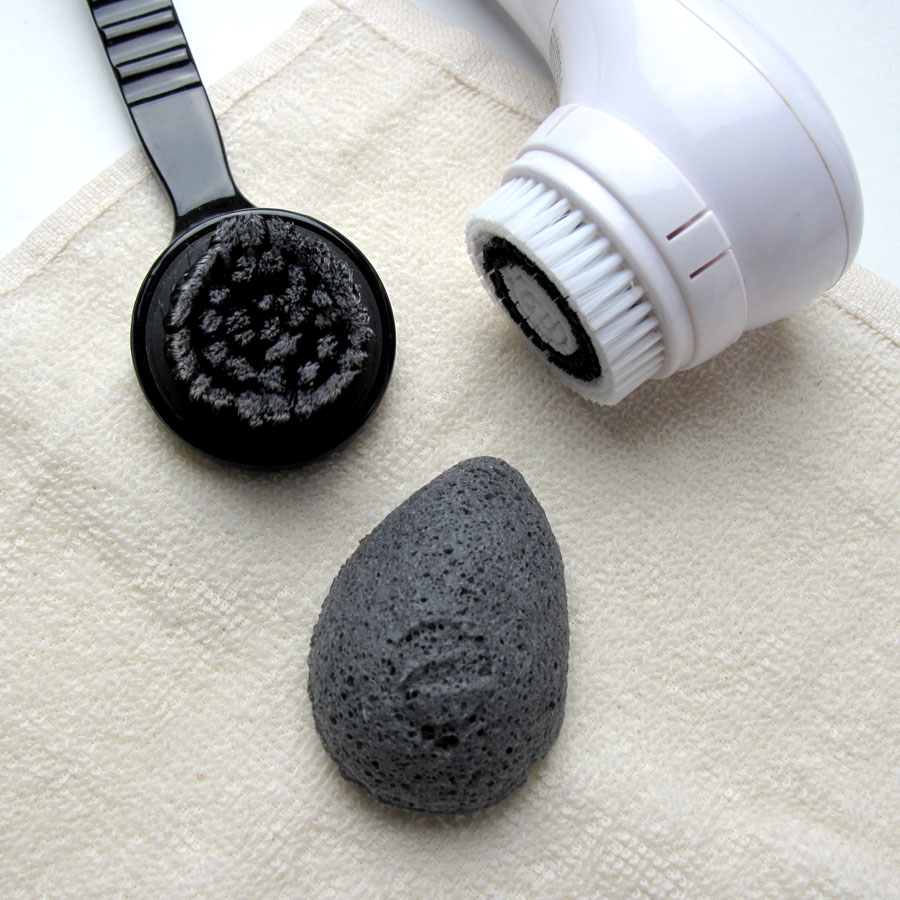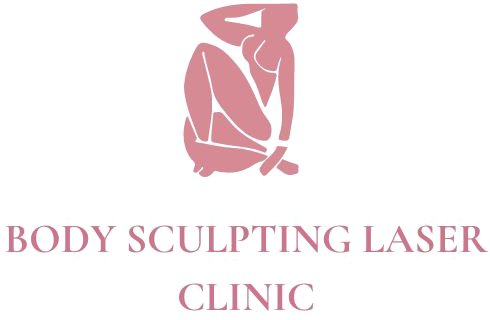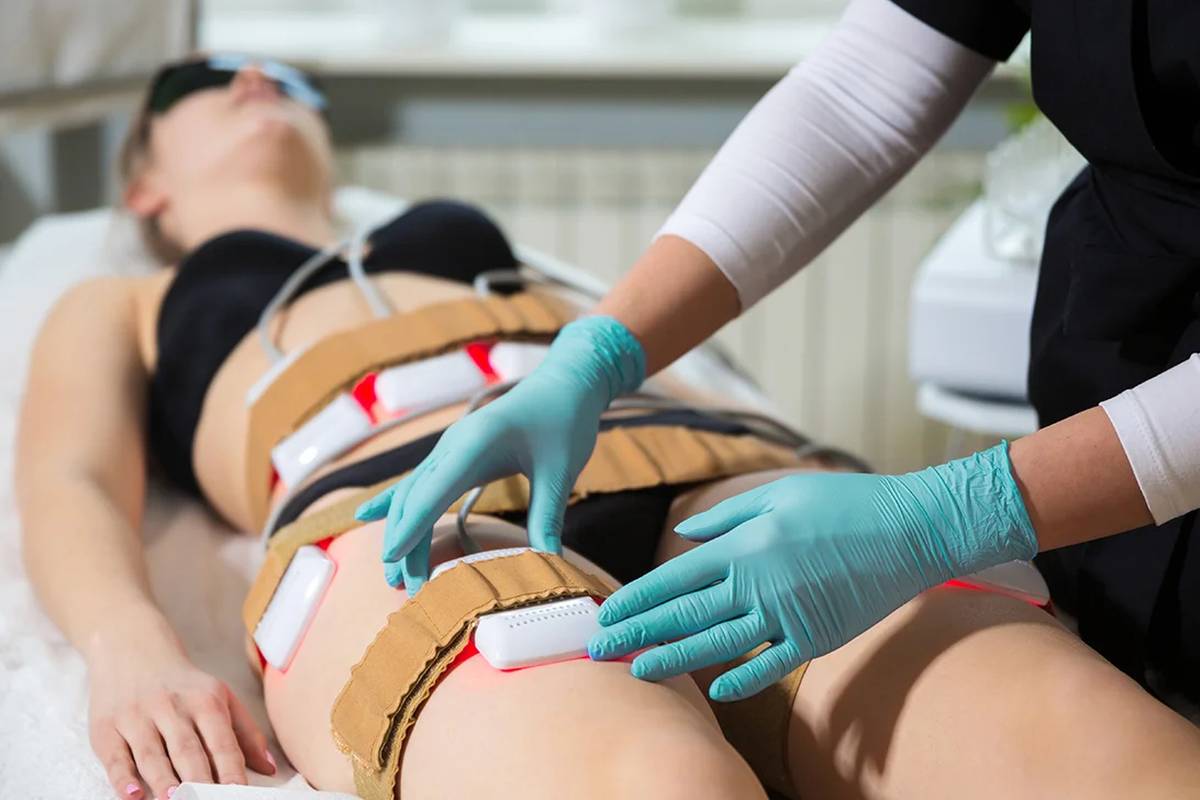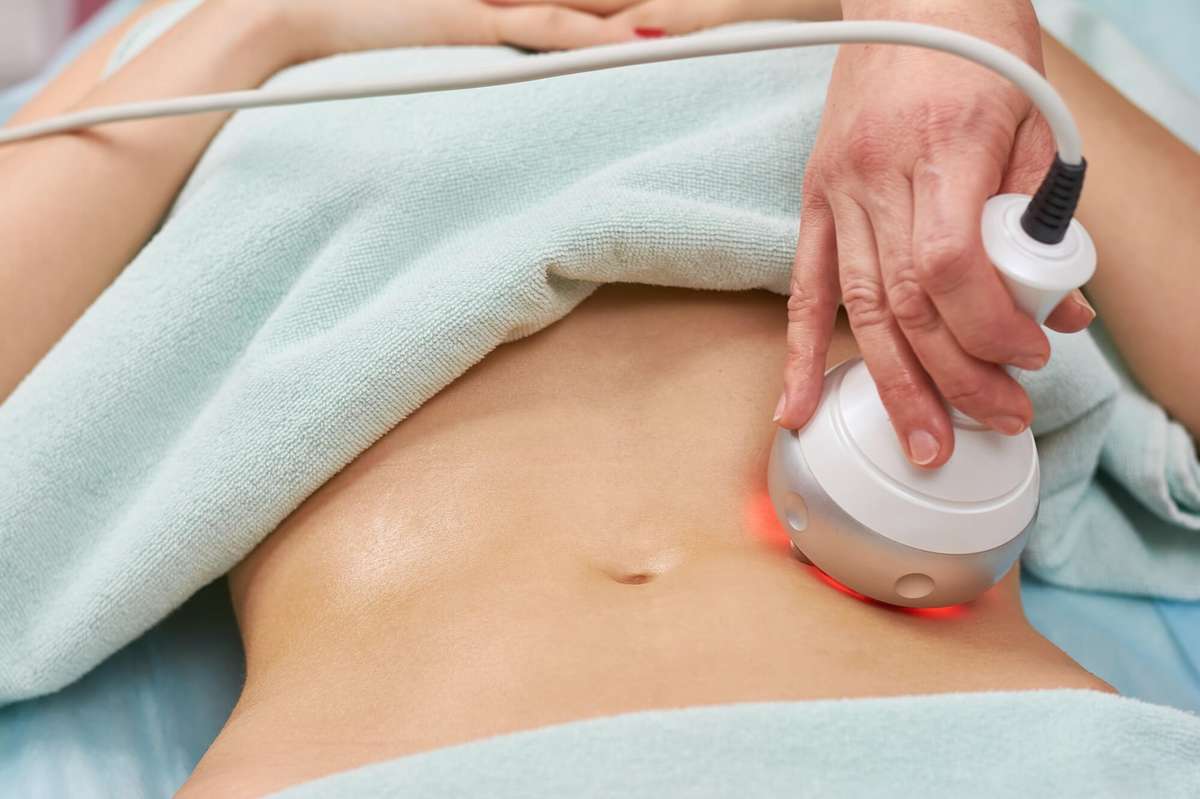Physical exfoliation is a popular skincare method used by countless individuals worldwide to achieve smoother, clearer skin. By manually removing dead skin cells from the skin’s surface, physical exfoliation can result in a brighter and more even complexion.
However, there are certain things you should know before incorporating this technique into your skincare routine. Let’s dive into 10 of them.
Physical Exfoliation Defined
Physical exfoliation involves using abrasive agents, like scrub particles or tools, to manually slough off dead skin cells. Common physical exfoliants include facial scrubs with microbeads, sugar or salt granules, brushes, and cloths.
The main goal is to unclog pores, remove dull skin, and promote skin regeneration.
Benefits
- Smoother Skin – By removing the layer of dead skin cells, physical exfoliation helps to smooth out the skin’s texture, resulting in a softer feel.
- Improved Skincare Absorption – Exfoliated skin can absorb skincare products more effectively, increasing their benefits.
- Brighter Complexion – By getting rid of old cells, the skin can reflect light better, leading to a brighter, more radiant appearance.
Be Gentle
One of the most important things to remember is to be gentle with your skin. Vigorous scrubbing can cause microtears, which can damage the skin and expose it to infections. Always use light, circular motions when using a scrub or brush, and avoid pressing down too hard.
Choose the Right Product for Your Skin Type
If you have sensitive skin, opt for a gentle exfoliant with smooth, rounded particles. Avoid products with large, jagged particles that can be too abrasive.
For those with oily skin, they might benefit from a slightly more abrasive exfoliant, but it’s still essential to be gentle and not overdo it.
On the other hand, if you have dry skin, look for exfoliants that also offer moisturizing properties.

Avoid Over-Exfoliation
Exfoliating too frequently can strip the skin of its natural oils, leading to dryness, irritation, and breakouts. Generally, exfoliating 2-3 times a week is sufficient for most skin types.
If you notice any redness, sensitivity, or dry patches, consider reducing the frequency or switching to a gentler exfoliant.
Sun Sensitivity
Exfoliated skin can be more sensitive to the sun. It’s essential to wear sunscreen, especially after exfoliating, to protect your skin from harmful UV rays and prevent premature aging.
Alternatives to Physical Exfoliation
If physical exfoliation isn’t right for you, there are alternative methods. Chemical exfoliation, for example, uses acids or enzymes to dissolve dead skin cells without the need for scrubbing.
Many people find that chemical exfoliants, like alpha hydroxy acids (AHAs) or beta hydroxy acids (BHAs), can be gentler on the skin while providing similar results.
Post-Exfoliation Care
After physically exfoliating your skin, it’s essential to replenish its moisture. Apply a hydrating toner, serum, and a good quality moisturizer to soothe and nourish the freshly exfoliated skin. This will ensure that your skin remains hydrated and prevents any potential dryness or irritation.
Not Suitable for Active Breakouts
If you’re experiencing an active breakout, it’s best to avoid physical exfoliation. Scrubbing can irritate inflamed skin, which can lead to increased redness and potentially spreading bacteria.
Always Patch Test
Before trying a new exfoliating product, it’s wise to perform a patch test. Apply a small amount to a discreet area, like your inner forearm, and wait 24 hours. If you don’t experience any adverse reactions, it’s likely safe to use on your face.
The Key Takeaway
Physical exfoliation, when done correctly, can be a fantastic way to rejuvenate your skin and enhance its natural glow. By understanding the method, its benefits, and potential pitfalls, you can ensure that you’re treating your skin with the care it deserves.
Always remember to consult with a dermatologist or skincare professional if you’re unsure about the best exfoliation method for your unique skin needs.



